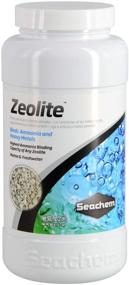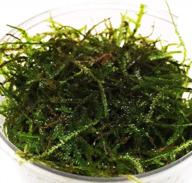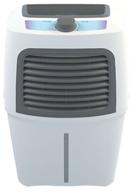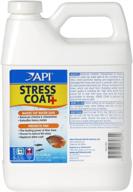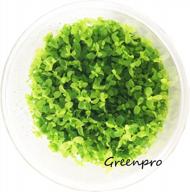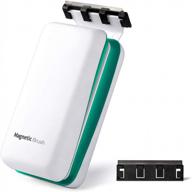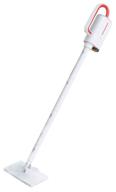Description of Seachem 1273 Zeolite 500 ML
BINDER: Seachem Zeolite is a naturally occurring, highly-porous mineral that binds ammonia and heavy metals through an ion exchange mechanism. REMOVER: Seachem Zeolite works in marine and freshwater to remove harmful metal ions such as lead, copper, nickel, and zinc without depleting calcium in saltwater nor increase general hardness in freshwater where the ionic strength is low. DIRECTIONS: Use 250 mL (1 cup) of Seachem Zeolite for every 200 L (50 US gallons). For smaller aquariums, the equivalent dose is 5 mL (1 level teaspoon) per 4 L (1 US gallon). This amount of Seachem Zeolite will remove up to 0.5 mg/L ammonia. Ammonia levels should then drop to zero within 24-48 hours. At this point, the zeolite can be removed or replaced with Active Carbon. FOR BEST RESULTS: Seachem Zeolite should be rinsed before use and placed so as to maximize the flow of water through it, but not so that it tumbles against itself in flow. Zeolite may be used in a canister filter, media chamber, box filter, or any high flow area of a trickle filter. Use of a filter bag is also recommended. SAFETY: Be sure to wash thoroughly after handling Seachem Zeolite and store this product in its original container in a cool, dry area away from food or incompatible materials.






